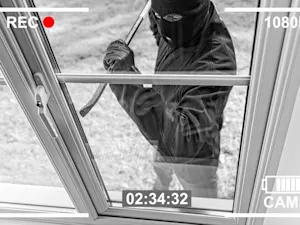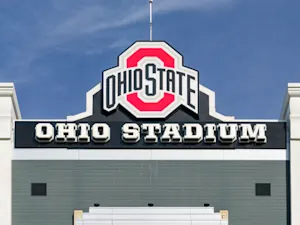
How to Ensure Your Food Supply Can Weather a Storm
When disaster strikes, ensuring your food remains safe is crucial. From power outages to floods, emergencies can compromise your food supply and put your health at risk. Learn the essential steps to protect your food and keep your family safe during unexpected events.
Stocking up on Emergency Supplies
In the face of potential disasters, having a well-stocked emergency food supply is vital. Aim for at least a three-day supply of non-perishable foods that require little to no cooking or refrigeration. This ensures you have enough sustenance without relying on utilities that may be disrupted.

Storing Food Safely
Proper storage conditions can significantly extend the shelf life of your emergency supplies. Canned and dry foods should be kept in a cool, dry, and dark place, ideally between 40°F and 70°F. Avoid storing food near heat sources or petroleum products to prevent spoilage and contamination.
Maintaining an Emergency Water Supply
Water is just as important as food in an emergency. Store at least one gallon of water per person per day, with a minimum three-day supply. Pregnant women, individuals in hot climates, and those who are ill may require more. Store water in a safe place away from flood risks and replace it every six months to ensure freshness.
Handling Power Outages
When the power goes out, keep refrigerator and freezer doors closed as much as possible to maintain the cold temperature. A refrigerator can keep food cold for about four hours if unopened, while a full freezer maintains its temperature for approximately 48 hours. Consider purchasing dry or block ice to keep food cold if power outages are prolonged.

Checking Food Safety
It's crucial to monitor the temperature of your food during a power outage. Use appliance thermometers to ensure the freezer is at or below 0°F and the refrigerator is at or below 40°F. If any food rises above 40°F for more than two hours, it should be discarded to avoid foodborne illness.
After the Disaster: Assessing Food Safety
After a power outage or flood, carefully evaluate the safety of your food. Discard any perishable food that has been above 40°F for more than two hours, food that may have come into contact with floodwater, and food with unusual odors, colors, or textures. For canned goods, check for damage such as swelling or leaks, and discard any compromised items.
Cleaning and Sanitizing
Proper sanitation is essential after a disaster. Clean and sanitize food contact surfaces, utensils, and equipment using a solution of one tablespoon of unscented liquid chlorine bleach per gallon of potable water. This ensures that any contaminants introduced during the emergency are effectively removed.
By following these guidelines, you can help ensure your food remains safe during and after a disaster. Being prepared can help to protect your food supply and your health.
References: Food Safety in a Disaster or Emergency | Food Safety During Emergencies or Disasters
























